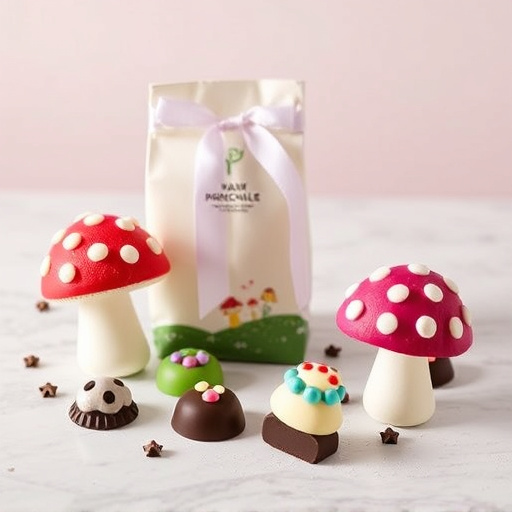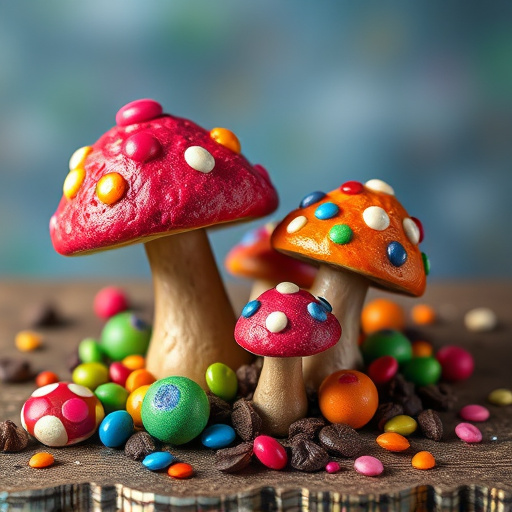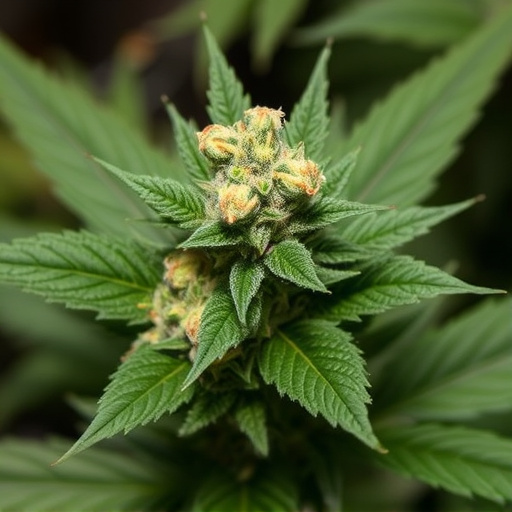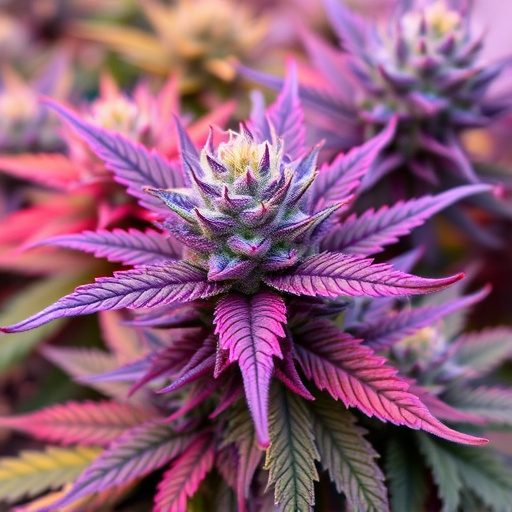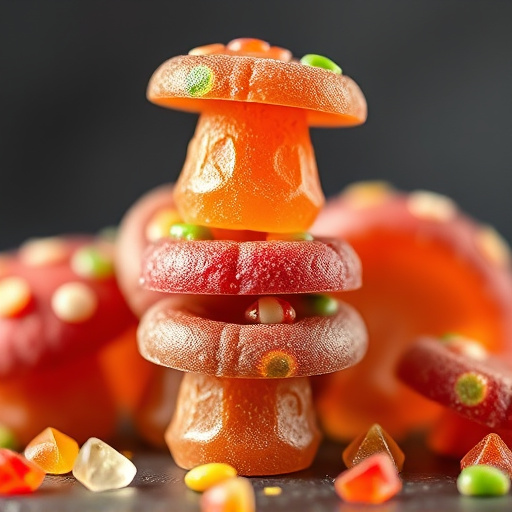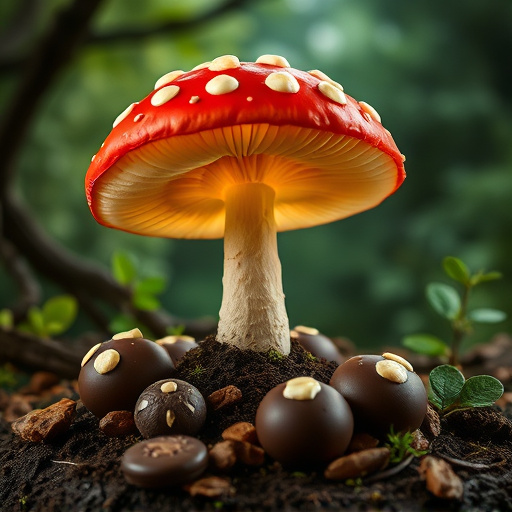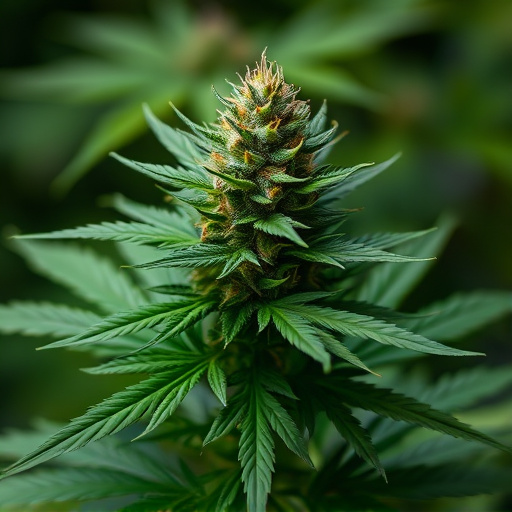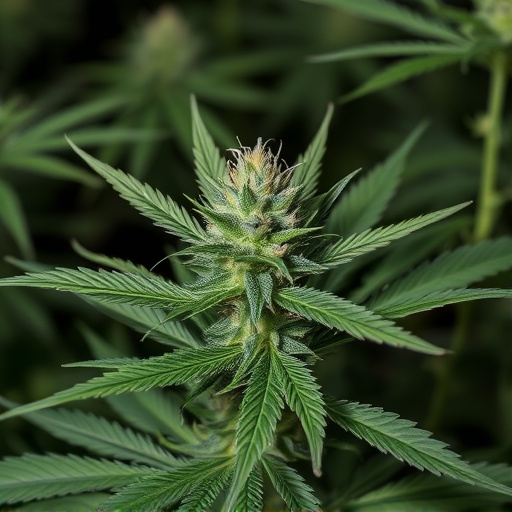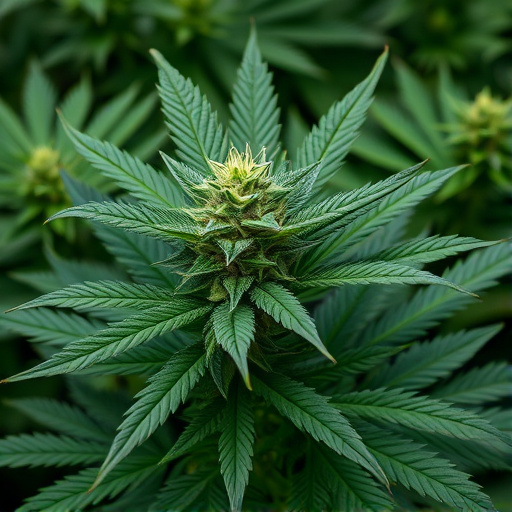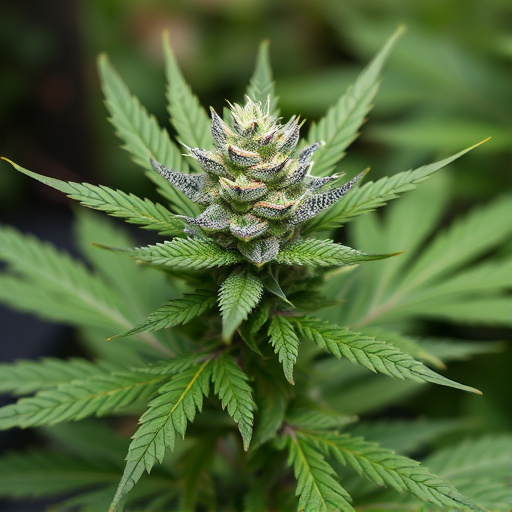Cannabis flowers vary based on species (cannabis sativa vs. cannabis indica) and environmental factors, with sativa plants producing higher THC levels for enhanced energy and focus, while indica strains offer lower THC and higher CBD for relaxation and sleep aid. High-THC cannabis flowers can provide therapeutic benefits but may induce anxiety; choosing strains balanced with CBD mitigates adverse effects, catering to individual tolerances and desired outcomes.
“High-THC cannabis flower has become a topic of interest in the ever-evolving cannabis industry. This article explores the essence of high-potency cannabis, delving into its scientific basis and the factors that contribute to its distinctive THC content. We’ll navigate the world of cannabis flowers by understanding the differences between Sativa and Indica strains, their unique characteristics, and how they influence user experiences. Furthermore, we’ll uncover the potential benefits and considerations surrounding high-THC cannabis, providing insights for both enthusiasts and those curious about this potent plant.”
- Understanding Cannabis Flowers: A Basis for THC Content
- The Difference Between Cannabis Sativa and Indica
- Decoding High-THC Cannabis Flower: Benefits and Considerations
Understanding Cannabis Flowers: A Basis for THC Content

Cannabis flowers, often referred to as buds or colas, are the most recognizable and sought-after part of the plant for their potent aroma, flavor, and psychoactive effects. These delicate structures are composed of a dense cluster of resinous trichomes that contain various chemical compounds, with tetrahydrocannabinol (THC) being the primary psychoactive molecule responsible for cannabis’ mind-altering properties.
The basis of THC content in cannabis flowers lies in the plant’s genetic makeup and environmental factors. Cannabis sativa and cannabis indica, two distinct species, exhibit varying natural levels of THC. While cannabis sativa tends to produce higher concentrations, cannabis indica varieties often have lower THC levels but are known for their potent CBD (cannabidiol) content. Environmental conditions such as sunlight exposure, temperature, and growing techniques can also influence the final THC concentration in the flowers.
The Difference Between Cannabis Sativa and Indica
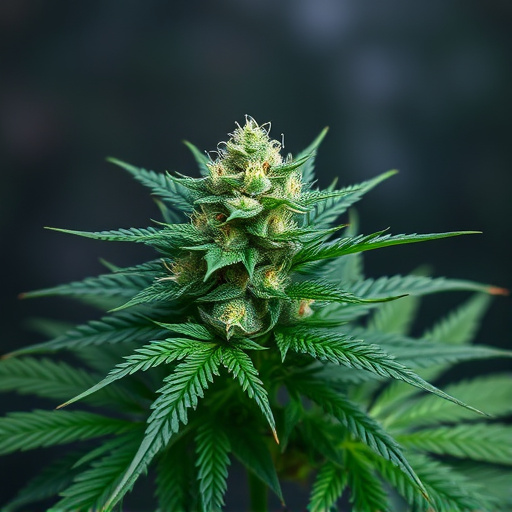
Cannabis has gained significant attention for its diverse strains, each offering unique effects and experiences. Among the two primary species, cannabis sativa and cannabis indica, understanding their differences is essential to navigating the cannabis landscape. Cannabis sativa is known for its tall, slender plants with long, narrow leaves. This species tends to produce higher levels of THC (tetrahydrocannabinol), the compound responsible for most of cannabis’s psychoactive effects. Sativa strains are often favored by users seeking energy boosts, creativity stimulation, and mental focus. In contrast, cannabis indica is characterized by its short, bushy plants with wide leaves. Indica strains generally have higher CBD (cannabidiol) levels alongside lower THC content, which can provide more relaxing and sedative effects. Many users turn to indica for its ability to induce calmness, reduce anxiety, and promote better sleep.
Decoding High-THC Cannabis Flower: Benefits and Considerations
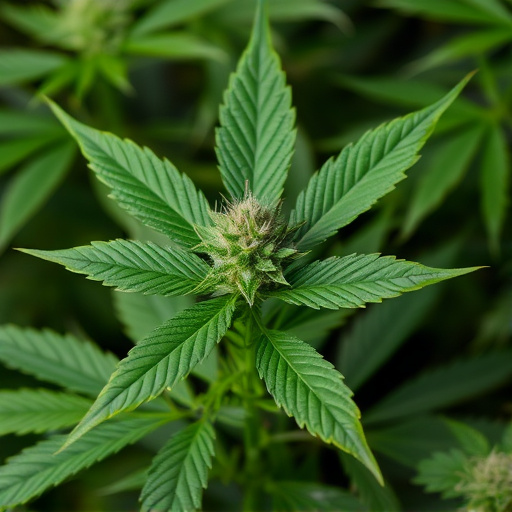
High-THC cannabis flower, often sought after by users looking for potent effects, refers to strains with significantly elevated levels of tetrahydrocannabinol (THC), the primary psychoactive compound in cannabis. Decoding its appeal requires an understanding of both its benefits and considerations.
For many, high-THC cannabis offers a range of therapeutic advantages. It can provide powerful relief for chronic pain, nausea associated with treatments like chemotherapy, and anxiety disorders. Users often report heightened sensory experiences and profound relaxation, making it appealing for those seeking escape from stress or discomfort. However, considerations are crucial. High THC levels can induce anxiety or paranoia in some individuals, particularly those new to cannabis or with pre-existing mental health conditions. It’s important to choose strains suitable for personal tolerance and seek professional guidance when necessary. Additionally, balancing THC with other cannabinoids like CBD, prevalent in cannabis sativa varieties, can mitigate potential adverse effects and enhance overall well-being.
Cannabis flower, with its varying THC content, offers distinct experiences for consumers. Understanding the difference between Sativa and Indica strains is key, as they have unique effects on the body and mind. High-THC cannabis, in particular, provides potential therapeutic benefits for certain conditions but requires careful consideration due to its potency. Whether favoring the invigorating properties of Sativa or the relaxing effects of Indica, consumers can make informed choices by decoding these characteristics, ensuring a safe and enjoyable experience tailored to their preferences.

